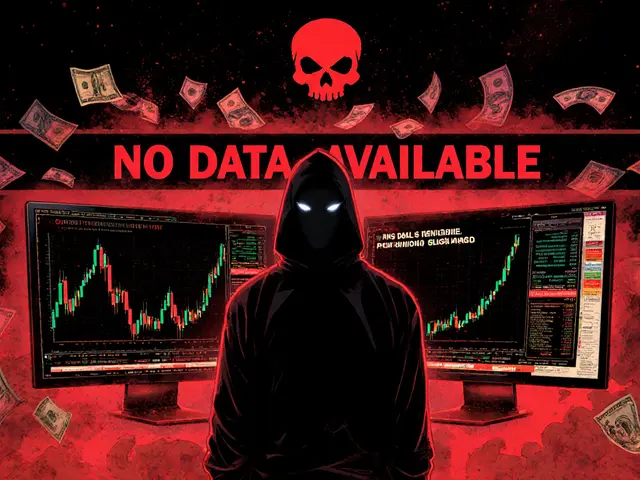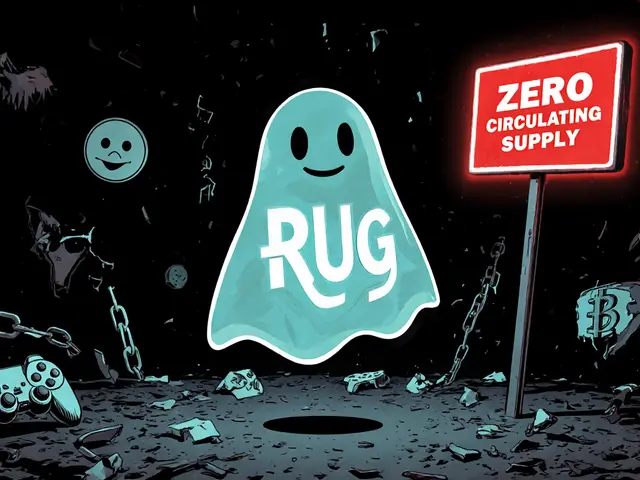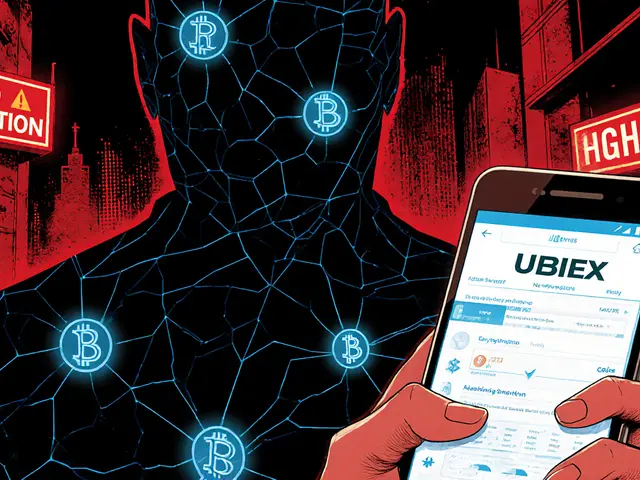- Home
- Cryptocurrency
- Halving Supply Shock Theory: How Bitcoin's Programmed Scarcity Drives Price Action

Halving Supply Shock Theory: How Bitcoin's Programmed Scarcity Drives Price Action
Bitcoin Halving Supply Calculator
Halving Calculator
Supply Timeline
Supply Analysis
Bitcoin doesn’t inflate like the dollar. It doesn’t get printed by central banks. Instead, every four years, its new supply is cut in half - automatically, predictably, and without exception. This is the Halving Supply Shock Theory. It’s not speculation. It’s code. And it’s been working since 2009.
What Exactly Is a Bitcoin Halving?
Every 210,000 blocks - roughly every four years - the reward miners get for securing the Bitcoin network drops by 50%. When Bitcoin launched in 2009, miners earned 50 BTC per block. That dropped to 25 BTC in 2012, then 12.5 in 2016, 6.25 in 2020, and 3.125 in April 2024. The next halving is expected in 2028. This isn’t a guess. It’s hardcoded into Bitcoin’s protocol. No one can change it. Not the developers. Not the miners. Not even governments.
This mechanism was designed by Satoshi Nakamoto to mimic the scarcity of gold. Just like gold becomes harder to mine over time, Bitcoin’s issuance slows down until it hits a hard cap of 21 million coins. By November 2023, about 19.7 million BTC were already in circulation. That means less than 1.3 million coins remain to be mined - and they’ll take decades to unlock. The final Bitcoin is projected to be mined around 2140.
Why Does Halving Cause a Supply Shock?
A supply shock happens when the amount of something available suddenly drops - while demand stays the same or grows. Think of it like a factory cutting production in half overnight. If people still want the product, prices go up.
Before each halving, miners were receiving a steady stream of new BTC as a reward. That meant new supply was constantly entering the market. After the halving, that flow cuts in half. If demand doesn’t drop - and it rarely does - then the imbalance pushes prices higher. This isn’t theory. It’s math.
Here’s the numbers: In 2020, the block reward dropped from 12.5 BTC to 6.25 BTC. That meant daily new supply fell from 1,800 BTC to 900 BTC. With demand holding steady, that’s a 50% reduction in new coins hitting exchanges and wallets. Historically, that’s been enough to trigger multi-year bull runs.
Historical Price Patterns After Halvings
Let’s look at what actually happened after each halving:
- 2012 halving: BTC went from $12 to over $1,100 in 12 months - an 8,700% gain.
- 2016 halving: BTC rose from $650 to nearly $20,000 - a 2,900% increase.
- 2020 halving: BTC climbed from $8,800 to $69,000 - a 680% rise.
- 2024 halving: BTC started at $43,000 and reached $73,000 by mid-2024 - a 70% gain in six months.
Notice a pattern? The percentage gains are shrinking. That’s not because the theory is broken. It’s because Bitcoin is bigger. In 2012, Bitcoin’s market cap was $139 million. In 2024, it was over $1.2 trillion. To double from $1.2 trillion, you need $1.2 trillion in new money. That’s 50 times harder than doubling from $13 billion in 2016.
The supply shock still happens. But now, it’s fighting against massive institutional demand, ETF inflows, and macroeconomic forces. The effect is slower, but it’s still there.
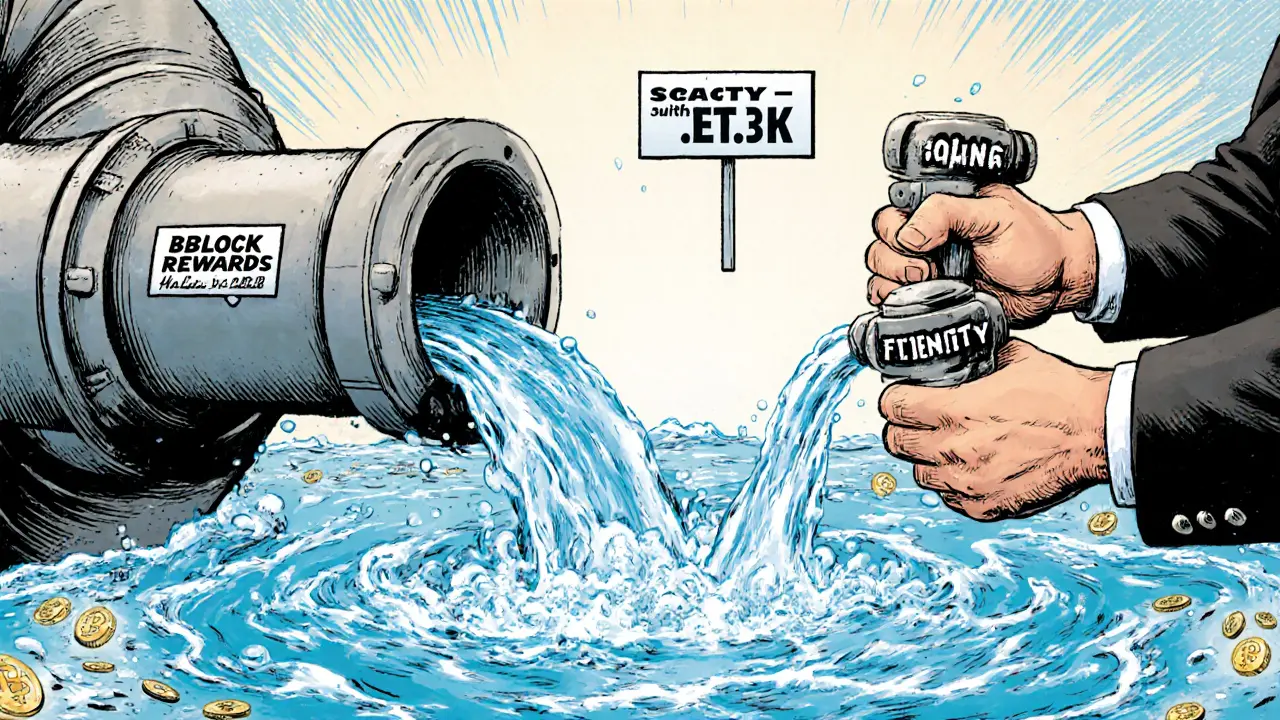
Miners Are the First to Feel the Shock
Miners don’t get a choice. When the halving hits, their revenue drops by half - instantly. Their costs? They don’t drop. Electricity, hardware, cooling - those stay the same. That’s why every halving triggers a wave of miner exits.
In 2024, miners with inefficient hardware and high electricity costs (above $0.06/kWh) became unprofitable almost overnight. Arcane Research estimated that 45% of small-scale miners could shut down. In China, miners with electricity costs under $0.035/kWh survived. In Texas, miners with access to cheap renewables kept running. The network didn’t break - it adapted.
That’s where Bitcoin’s difficulty adjustment comes in. Every two weeks, the network recalibrates how hard it is to mine a block. If miners leave, the difficulty drops. This keeps block times at 10 minutes and ensures the chain keeps running. After the 2018 bear market, difficulty fell by 28.5% in just a few weeks. The system heals itself.
Is the Halving Still Relevant in 2025?
Some say no. Critics point out that Bitcoin’s price didn’t surge after the 2024 halving like it did in 2012. They say institutional ETFs, not halvings, are driving prices now. And they’re right - to a point.
BlackRock’s Bitcoin ETF alone brought in over $10 billion in its first few months. That’s more than the total value of all new BTC mined in a year. So yes, macro factors matter more now. But here’s the catch: ETFs don’t create new Bitcoin. They just move existing coins from one wallet to another. The halving still reduces the supply of new coins entering the market. That’s a real constraint.
Think of it like a water pipe. ETFs are big taps pulling water out. The halving is turning down the faucet. Even if you’re pulling hard from the tap, if the faucet is half closed, the water level still drops. That’s scarcity. That’s the shock.
And here’s what most critics ignore: Bitcoin’s inflation rate. In 2009, Bitcoin’s inflation was 50% per year. In 2024, it was 1.7%. That’s lower than gold’s annual mining inflation (around 1.5-2%). By 2028, it’ll be under 1%. That’s not just deflationary - it’s anti-inflationary. And in a world where the U.S. M2 money supply grew 40% between 2020 and 2022, that’s powerful.
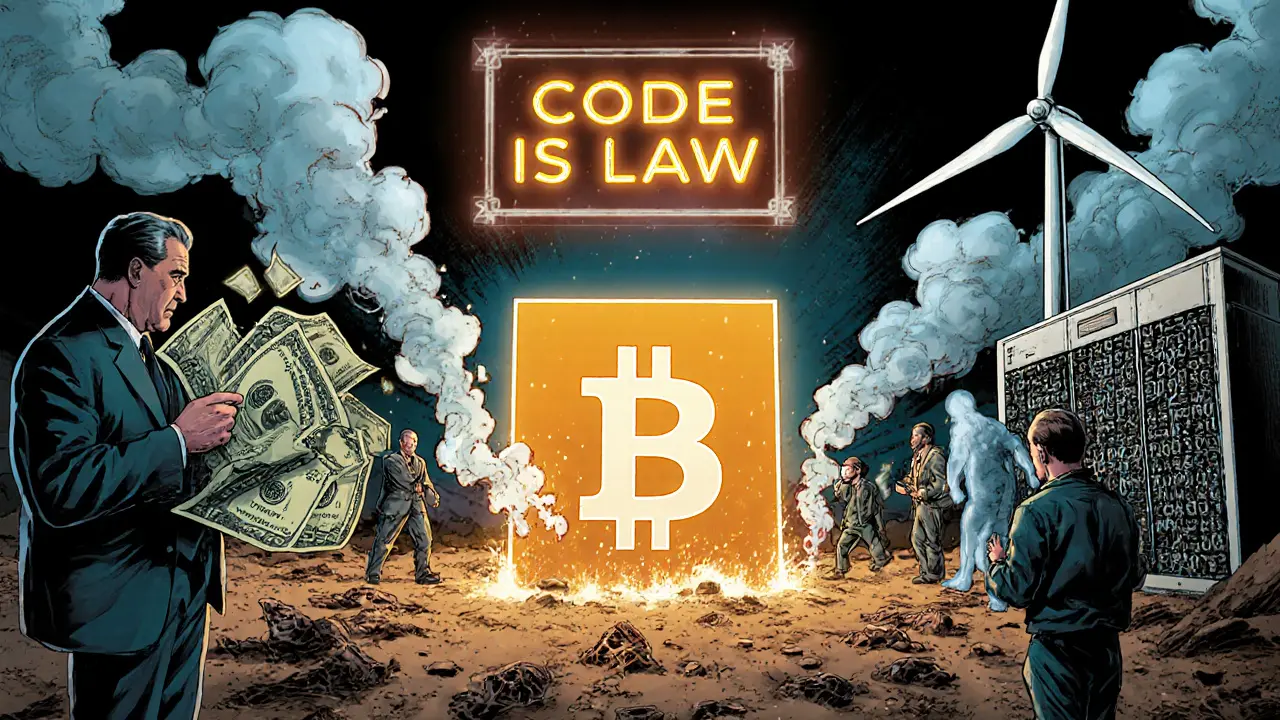
What About Transaction Fees?
Right now, miners make 98% of their income from block rewards. Fees make up only 1.3%. But after the next halving in 2028, that ratio will flip. By 2036, block rewards will be below 0.01 BTC per block. At that point, miners will rely almost entirely on transaction fees.
That’s the long-term vision Satoshi had: a network where security is paid for by users, not new coin issuance. But that only works if people are using Bitcoin for payments - not just speculation. Right now, average transaction fees are around $1.20. To sustain the network without block rewards, fees would need to hit $5 or more per transaction. That’s unlikely unless Bitcoin becomes a global settlement layer.
For now, the halving isn’t about fees. It’s about scarcity. And scarcity is what makes Bitcoin different from every other digital asset.
Why This Theory Matters More Than Ever
Bitcoin isn’t just digital gold. It’s the only asset in human history with a fixed, transparent, and mathematically enforced supply schedule. No central bank can change it. No corporation can dilute it. No algorithm can tweak it.
The halving isn’t a trading gimmick. It’s a monetary experiment on a global scale. And it’s working. Even as prices fluctuate, the supply curve remains unbroken. Even when macro conditions crash - like in 2022 - the halving still happened. And when the dust settled, Bitcoin came back stronger.
What makes the Halving Supply Shock Theory powerful isn’t that it always predicts price. It’s that it proves Bitcoin is not a gamble. It’s a system. A system built on rules, not promises. And in a world of endless money printing, that’s the most valuable thing of all.
What Comes Next?
The next halving is in 2028. By then, Bitcoin’s market cap could be $3 trillion. Or $5 trillion. Or it could be stuck at $1.5 trillion. No one knows. But one thing is certain: the block reward will drop again - to 1.5625 BTC. And the supply shock will happen again.
Will it move the price? Maybe. Will it change the narrative? Probably not. The narrative has already shifted from "Bitcoin is digital gold" to "Bitcoin is digital money." But the code hasn’t changed. The supply shock is still there. And if you understand that, you understand Bitcoin better than 90% of the market.
Is the Bitcoin halving still a reliable price predictor?
The halving isn’t a magic price trigger - it’s a supply constraint. Historically, it’s preceded bull markets, but it doesn’t guarantee them. In 2022, BTC dropped 65% after the 2020 halving due to Fed rate hikes and crypto collapses. Today, ETFs and macro trends dominate price action. The halving still reduces new supply, but its impact is now layered under bigger forces. It’s a factor, not a forecast.
Do miners always go out of business after a halving?
Not all of them. Only the least efficient ones. Miners with cheap electricity (below $0.04/kWh) and modern ASICs survive. In 2024, Chinese miners with $0.035/kWh costs stayed profitable, while many U.S. miners operating near $0.06/kWh shut down. The network adjusts through difficulty reduction, which lowers mining costs automatically. It’s a natural selection process - not a collapse.
Can Bitcoin’s supply cap be changed?
No. The 21 million BTC limit is hardcoded into Bitcoin’s protocol and enforced by every node on the network. Changing it would require consensus from every miner, wallet, and exchange - which is practically impossible. Even if a majority agreed, the network would split. Bitcoin’s value comes from its immutability. That’s why it’s trusted.
How does Bitcoin’s halving compare to gold mining?
Gold’s annual new supply grows about 0.7% per year, and that rate has been stable for decades. Bitcoin’s supply growth started at 50% per year and is now at 1.7%. By 2028, it’ll be under 1%. Bitcoin’s decline is faster and more predictable. Gold’s supply is uncertain - new discoveries, mining tech, and geopolitics affect it. Bitcoin’s supply is math. That’s why it’s called "digital gold" - it’s scarcer and more transparent.
Why did Bitcoin’s price not surge after the 2024 halving?
The 2024 halving happened amid record ETF inflows - $34 billion in the first months. That meant demand wasn’t just coming from retail traders hoping for a halving boom. It was coming from institutions buying for long-term holdings. Also, the market had already priced in the halving. Prices rose 70% in the six months after, which is normal for a mature asset. The shock was real - but the market was bigger, smarter, and less reactive.
Will Bitcoin ever stop having halvings?
Yes - but not for a long time. The last halving will occur around 2140, when the block reward drops below 0.00000001 BTC. After that, miners will earn only transaction fees. The total supply will still be capped at 21 million. The halvings stop, but scarcity doesn’t. Bitcoin’s value won’t rely on new coins - it’ll rely on network usage and fee demand.
Cormac Riverton
I'm a blockchain analyst and private investor specializing in cryptocurrencies and equity markets. I research tokenomics, on-chain data, and market microstructure, and advise startups on exchange listings. I also write practical explainers and strategy notes for retail traders and fund teams. My work blends quantitative analysis with clear storytelling to make complex systems understandable.
About
DEX Maniac is your hub for blockchain knowledge, cryptocurrencies, and global markets. Explore guides on crypto coins, DeFi, and decentralized exchanges with clear, actionable insights. Compare crypto exchanges, track airdrop opportunities, and follow timely market analysis across crypto and stocks. Stay informed with curated news, tools, and insights for smarter decisions.




